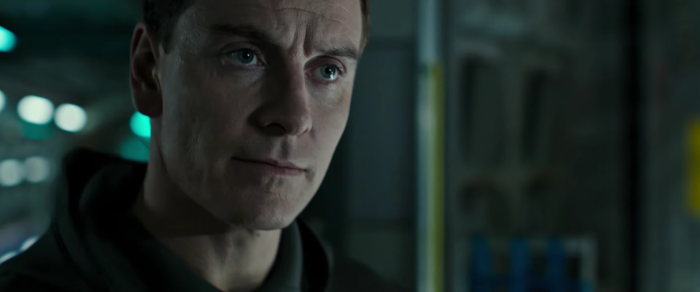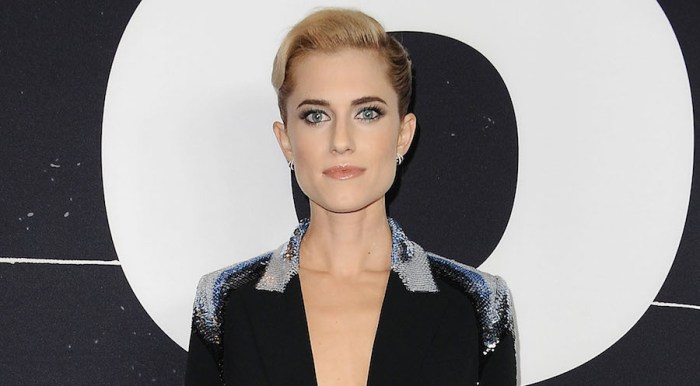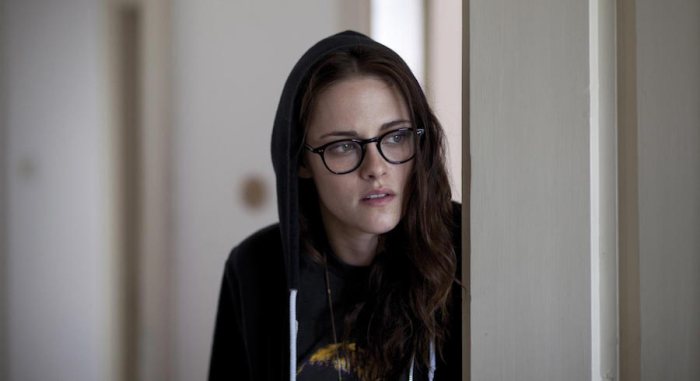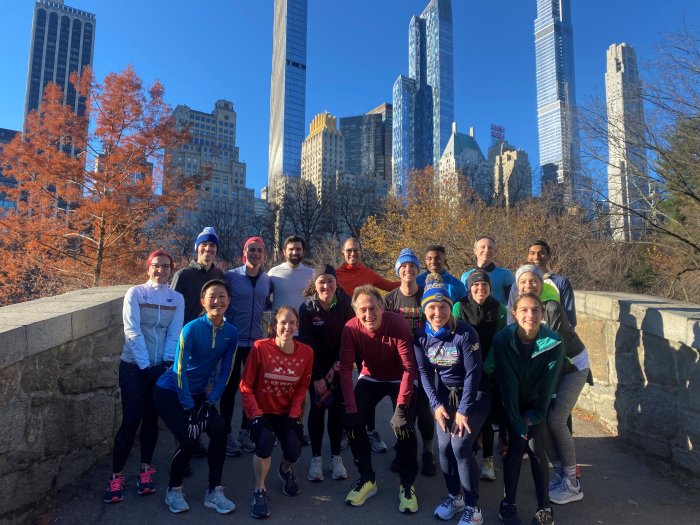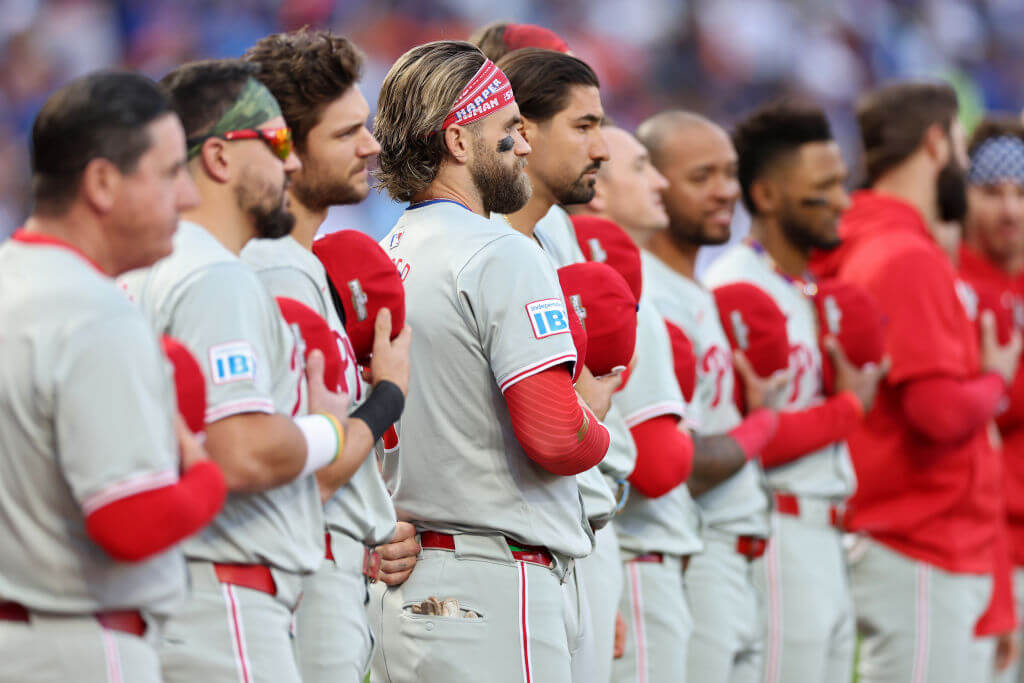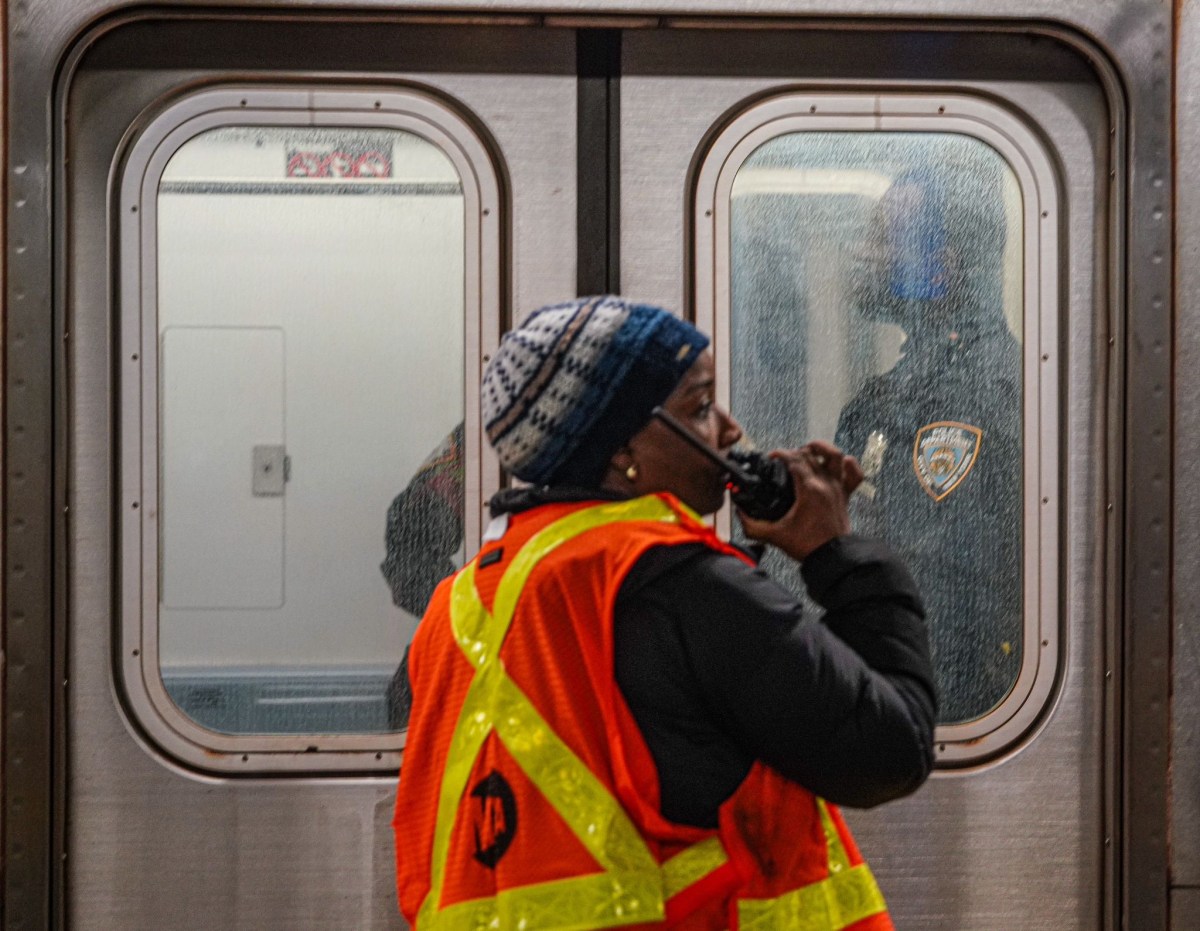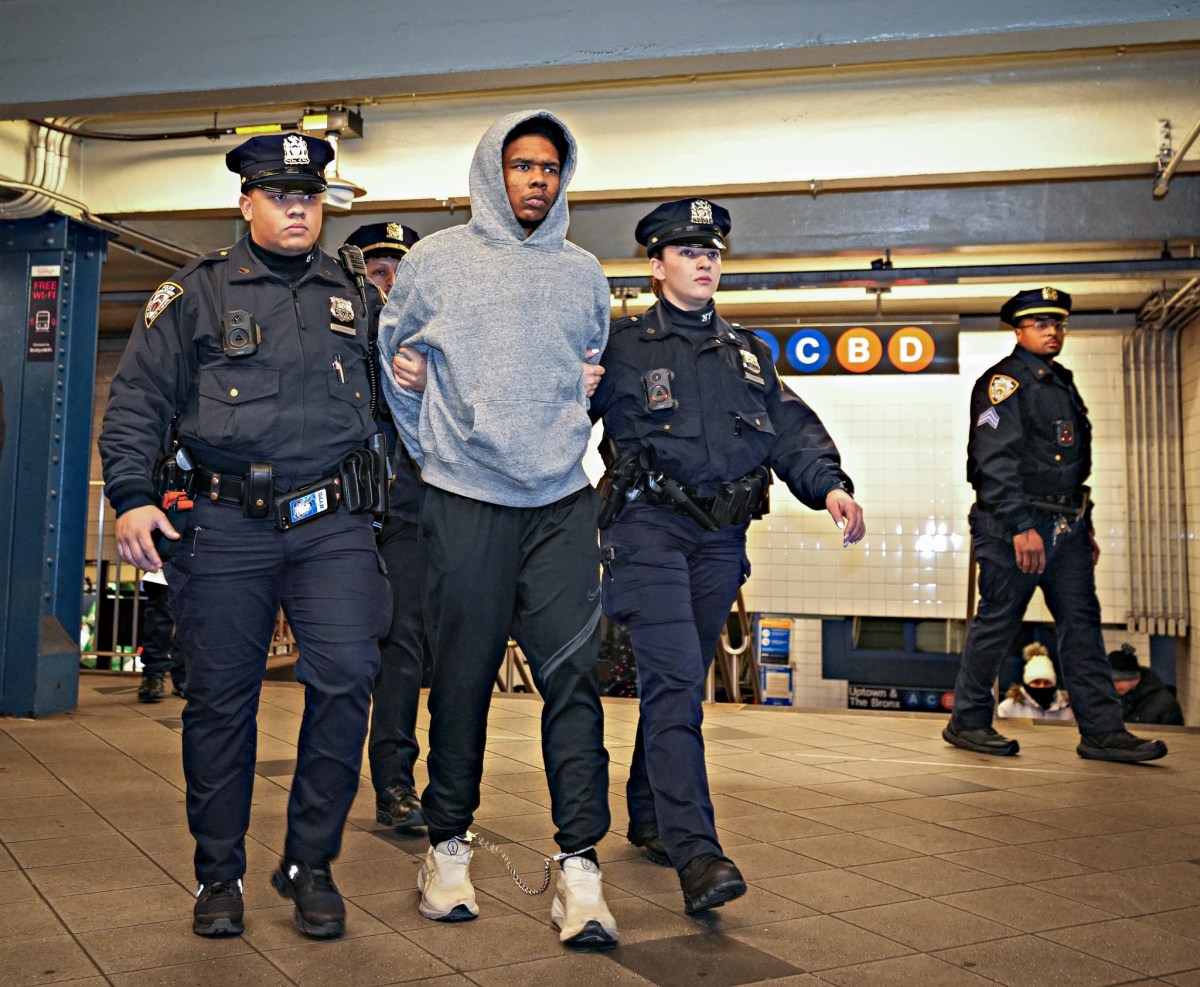Futuristic films needn’t actually predict the future. They should let their imaginations fly, unburdened by getting things right. Still, what they envision are often reflections of feelings felt at the time of their making: their dreams, their anxieties. They’re usually either fantasies about how things will get better or fears of how things will get much, much worse. So in honor of “Back to the Future Part II” day — namely October 21, 2015, the date Marty McFly and Doc Brown once visited — let’s play a game and see how close a number of futuristic films came when imagining futures that have, in 2015, already come to pass. RELATED: 5 gadgets we’d love to see as “Back to the Future Part II” Day arrives ‘Things to Come’ (1936) ‘The Omega Man’ (1972) ‘1990: The Bronx Warriors’ (1982) ‘Conquest of the Planet of the Apes’ (1972) ‘Alien Nation’ (1988) ‘Escape from New York’ (1981) ‘Predator 2’ (1990) ‘Until the End of the World’ (1991) ‘Strange Days’ (1995) ‘Death Race 2000’ (1975) ‘2001: A Space Odyssey’ (1968) ‘Freejack’ (1992) ‘Back to the Future Part II’ (1989) Follow Matt Prigge on Twitter @mattprigge
Years shown: 1940-2036
What it got wrong: This lavish futuristic fantasia, with eye-popping William Cameron Menzies sets, looks at humanity’s bumpy ride over 100 years, and was based on an old H.G. Wells novel to boot. It was bound to get loads wrong. For one it showed a war that would last 20 years and turn the planet into a wasteland. But then, starting in 1970, things would turn around, and by 2036 the future would look like one of those Disney World Epcot Center rides. The latter, we suppose, could still happen.
What it got right: Made as WWII was about to ramp up, it got the idea of a brutal war right, even if it wasn’t optimistic enough to guess it would end by 1945. The idea of a violent push-back from Luddites against a tech-heavy future hasn’t happened (yet), except in the form of millions of think pieces about what gadgets do to social interaction.
Year shown: 1977
What it got wrong: Arguably the weirdest of the many movie versions of Richard Matheson’s “I Am Legend” has Charlton Heston alone in Los Angeles shooting mutants. Charlton Heston never shot mutants, even in NRA ads.
What it got right: Heston didn’t fight off monsters, but he did spend time in his latter days fighting off those who wanted better gun control.
Year shown: 1990
What it got wrong: Once upon a time you could always count on the Italian film industry to churn out trashy ripoffs of big American hits. This one smashed together “Escape from New York” (see below), “The Warriors” and the Aussie “Mad Max,” with the daughter of a weapons manufacturer fleeing into that no man’s land known as The Bronx, where no cops will go.
What it got right: The closest would be how the rich person gentrification of most of New York has, in the Bronx, amazingly still not happened.
Year shown: 1991
What it got wrong: The fourth in the original “Apes” series finds the story snaking from the distant future back into the past, when apes have become slaves to humankind. Indeed, this is one of the few Hollywood products with a full-on, righteously portrayed slave revolt. Anyway, none of this actually happened.
What it got right: Even more than the other “Ape” films, “Conquest” is steeped in the language and imagery of the civil rights era — which, yeah, uh, ahem, well, maybe using apes as stand-ins wasn’t such a good idea. For what it’s worth, these films mean what they say and are very much on the side of the rising oppressed. At a time when Hollywood was skirting the issue, as it forever would, these films sneaked real revolutionary rhetoric and an undiluted exploration of race relations into what were written off as junk for kids starring people in funny masks.
Year shown: 1991
What it got wrong: Aliens did not come down to earth, prove to be (mostly) friendly and then become integrated into our society.
What it got right: Like the “Planet of the Apes” films, this is a thinly-veiled mirror of race relations, and it shows the bigotry that persists. It also nailed how star James Caan would, in 1991 and beyond, look like he’d rather be anywhere else than in movies that, like, this, are fathoms beneath his talents.
Year shown: 1997
What it got wrong: John Carpenter’s piece of future shock finds badass con Snake Plissken (Kurt Russell) sent to rescue the president (Donald Pleasance) when he’s kidnapped inside 1988’s Manhattan, which had become so crime-infested that the government walled it up, turning it into an island-sized prison. In reality the opposite happened: Manhattan became a gated community for the rich.
What it got right: The closest thing is the part where Plissken tears up an important cassette tape, which could be read as symbolic of the way the medium would be finally killed as burnable CDs took over the market.
Year shown: 1997
What it got wrong: One of those Rastafarian aliens from 1987’s “Predator” drops into a near-future Los Angeles overridden by crime and heat. In truth Los Angeles, like New York City, would chill out a bit, even not in temperature or smog. Also, Danny Glover never saved us from a series of killings by a belligerent alien with dreadlocks.
What it got right: But Los Angeles didn’t chill out right away. In fact, the L.A. riots were right around the corner, which was actually more complex than the mere crime wave it was portrayed as in the media. Then there’s the presence of Morton Downey Jr., whose show was off the air by the time “Predator 2” hit theaters but whose legacy would live on into one of 1997’s most watched television personalities, Jerry Springer.
Year shown: 1999
What it got wrong: Wim Wenders’ “ultimate road movie” is just that: it spans four continents, seven counties and 15 cities, and the original cut runs over five hours. It’s also set in 1999, when the world is threatened by an out-of-control satellite, which we avoided.
What it got right: Actually, a lot. There are GPS gizmos in cars, widescreen television sets and, most eerily of all, smartphone-like gadgets that consume their users’ lives, turning them into antisocial addicts. There’s also the way the world has become a giant global playground. About the only ways it overshot were with a device that gives eyesight to the blind (sort of) and another that records dreams — but those, surely, are en route.
Year shown: 1999
What it got wrong: Directed by Kathryn Bigelow and written by her ex-hubs James Cameron, this thriller offered a gadget that plugs directly into people’s cerebral cortex, allowing them to record first-person and then re-play the experiences as though they were happening again. Sounds like an awful tech toy that’s in the works.
What it got right: Like “Until the End of the World,” it rightly foresaw technology that would allow us to disappear inside ourselves. It’s also, in typical Cameron sledgehammer fashion, about the unrest after a Rodney King-esque incident, though that’s one case of a futuristic film looking backward.
Year shown: 2000
What it got wrong: Paul Bartel’s campy, Roger Corman-produced dystopia envisions a future in which the masses would rally around an annual cross-country wacky race, where people in silly cars would gain points for mowing down unfortunate pedestrians. It also has Sylvester Stallone, a year before “Rocky,” in a lowly third-billed position in a low-budget trash-fest.
What it got right: The ’70s teemed with sci-fi about societies salivating over gruesome sport; the classier “Rollerball” came out the same year. But though these films oversold humankind’s bloodlust, the idea of terrible reality TV still came depressingly real.
Year shown: 2001 (and thereabouts)
What it got wrong: The most beautiful and exquisitely made retro vision of the future, made on the cusp of Neil Armstrong’s moon walk, couldn’t have predicted that in 2015 space exploration is virtually dunzo. We also don’t yet have adequate A.I., though that’s a good thing (that will soon come to horrible fruition). Oh, and we’re still being ignored by the rest of the universe (far as we can tell).
What it got right: A good chunk of the film dotes on its many tech toys, sometimes merely observing how things in the future work. At one point a character calls his young daughter over a video phone. We never got that. Instead we got something far more convenient: the ability to video chat over our computers via Skype or over Face Time on our smartphones. Eat our shorts, rosy portrait of a cool future!
Year shown: 2009
What it got wrong: In a grim and economically depressed far-off New York — futuristic films at this time were truly pessimistic about cities — the rich can live forever by stealing people from the past, time traveling them to the present and then swapping minds. It also envisioned a future in which Mick Jagger, as a baddie, would act a lot more.
What it got right: There’s video chatting over tiny gizmos. That’s really about it.
Year shown: 2015 (October 21, to be exact)
What it got wrong: Marty (Michael J. Fox) and Doc Brown (Christopher Lloyd) time travel frontways in the first sequel, winding up in a town riddled with hoverboards, clothes that can adjust size, pizzas that microwave in seconds and “Jaws” holograms. This all sounds cool, but something that doesn’t is Middle Aged Marty’s penchant for wearing two ties at once.
What it got right: Well, the Cubs, once the laughing stock of baseball, are doing pretty well, despite a loss over the weekend. And video conferencing, as seen in a scene with special guest star Flea, happened. And hoverboards…sort of happened, only they have wheels and are only ridden by the worst people in the world. Otherwise we can just live vicariously through the 2015 of “Back to the Future Part II” as we should: through the movies.
‘Back to the Future Part II’ and 12 other movies that got the future wrong
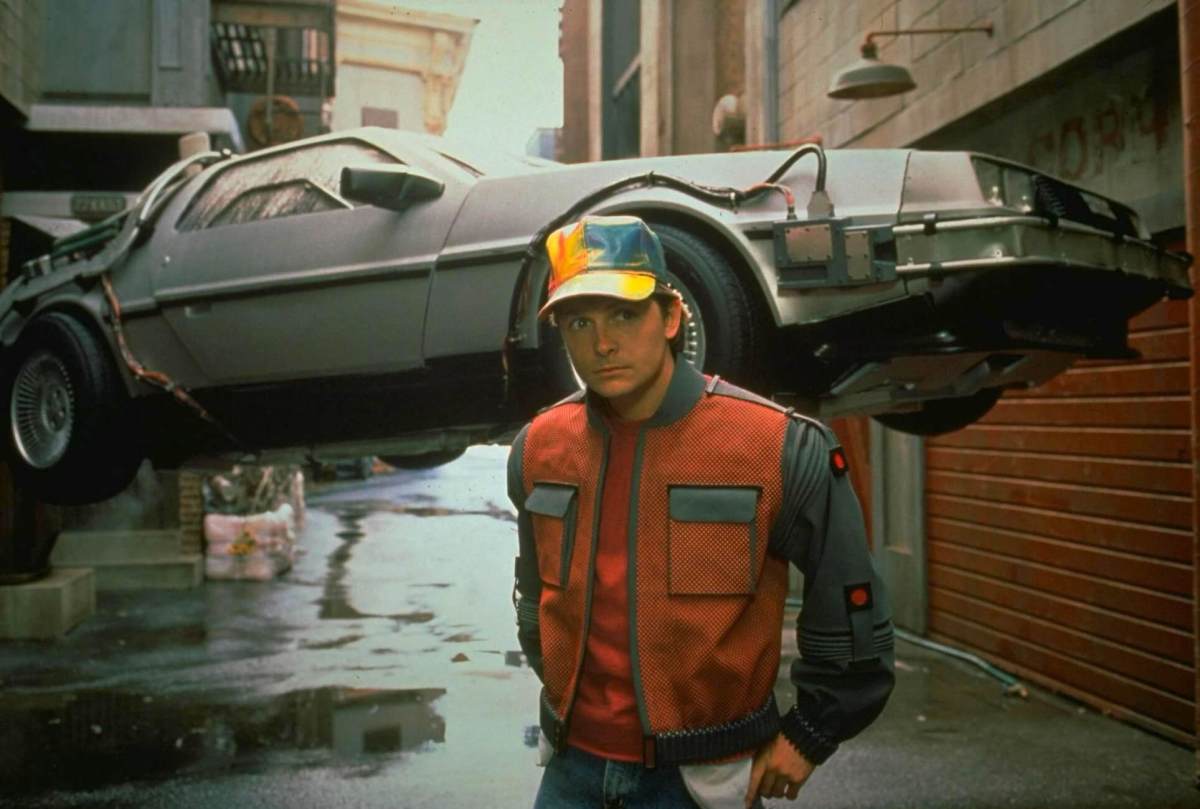
Provided


